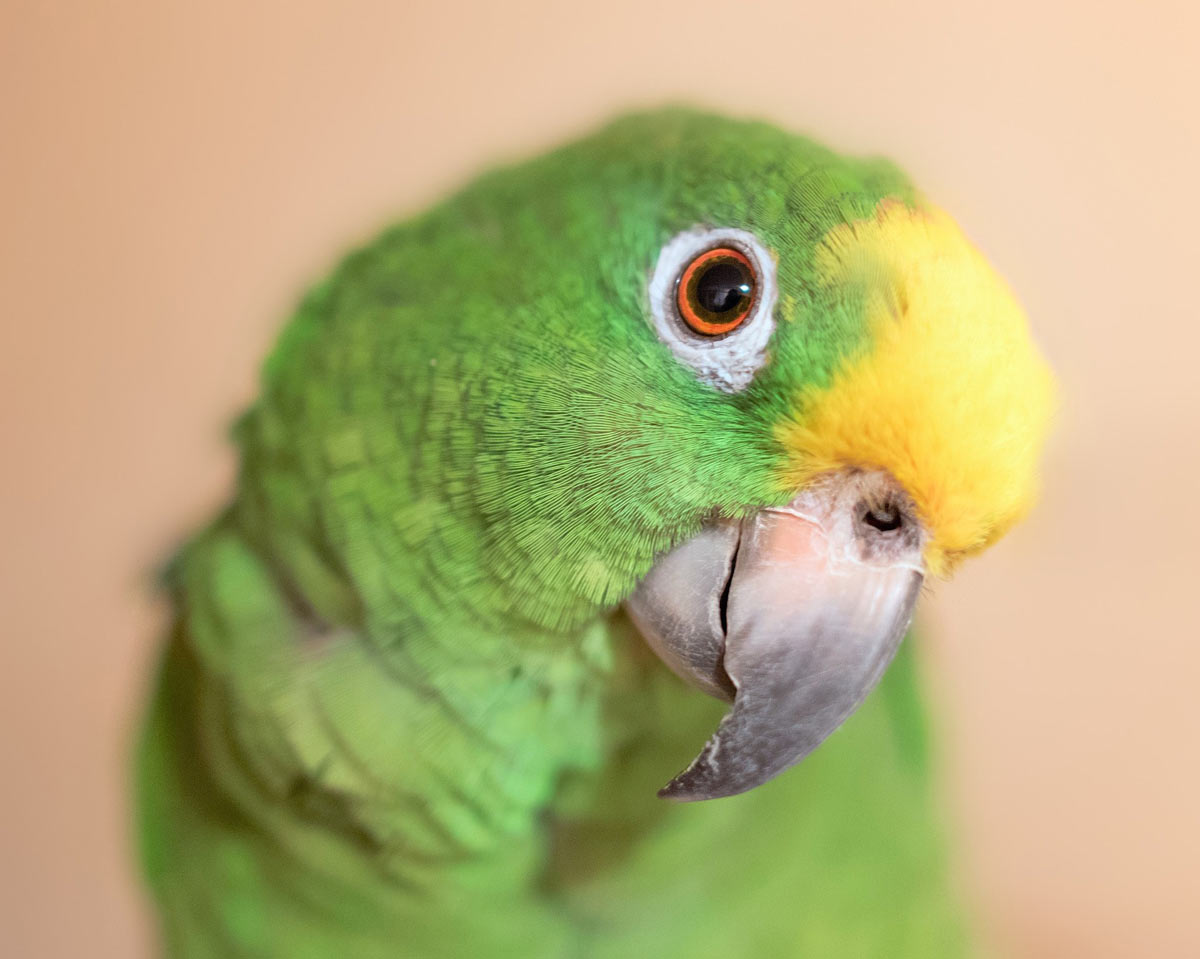anders
New member
- Feb 24, 2022
- 4
- 4
- Parrots
- 14 month old Quaker Parrot (Pete)
15 month old Green Cheek Conure (KiKi)
10 month old Quaker Parrot (Columbo)
Hello all: I recently got a 5 month old(?) Quaker {Pete} and a 4 month old Green Cheek Conure {KiKi}.
I have owned a Conure in the past, but have never had a Quaker.
The 2 weeks I have had them they both seem timid and will not allow anyone in their bird-space.
KiKi is starting to become more friendly, but Pete is completely on guard all the time. I have given them treats through the cage and have spent a lot of time talking to them. Also I attempted to reach out to the breeder to get more information about him and haven't gotten a reply.
Any suggestions?
I have owned a Conure in the past, but have never had a Quaker.
The 2 weeks I have had them they both seem timid and will not allow anyone in their bird-space.
KiKi is starting to become more friendly, but Pete is completely on guard all the time. I have given them treats through the cage and have spent a lot of time talking to them. Also I attempted to reach out to the breeder to get more information about him and haven't gotten a reply.
Any suggestions?



